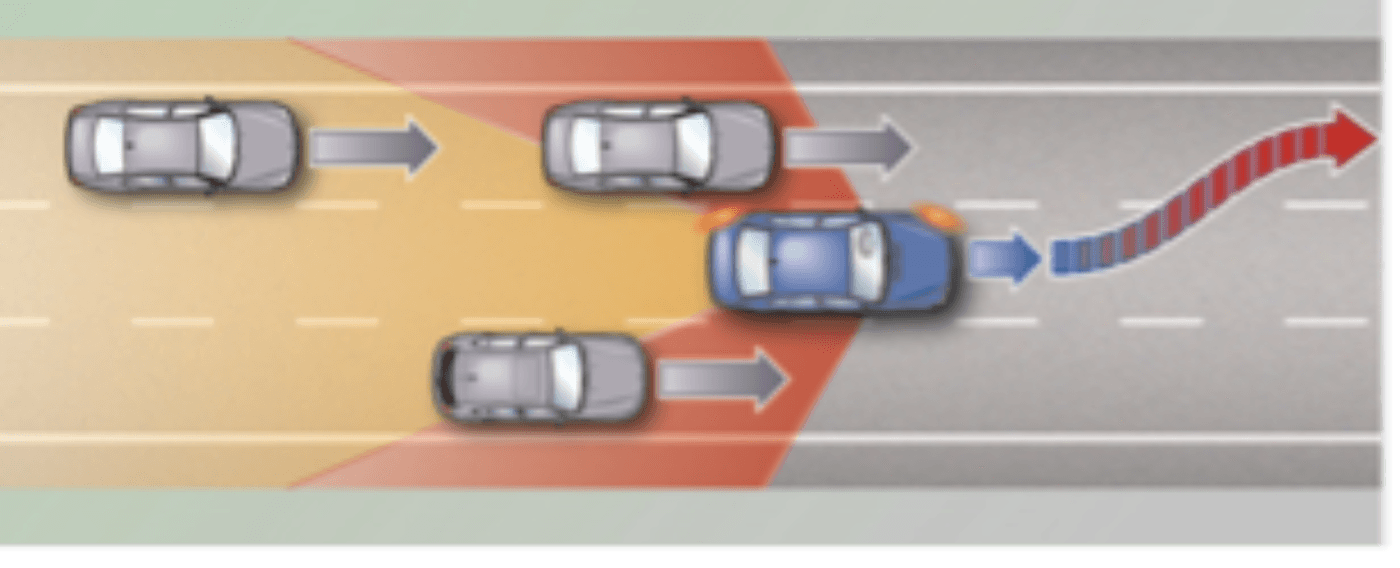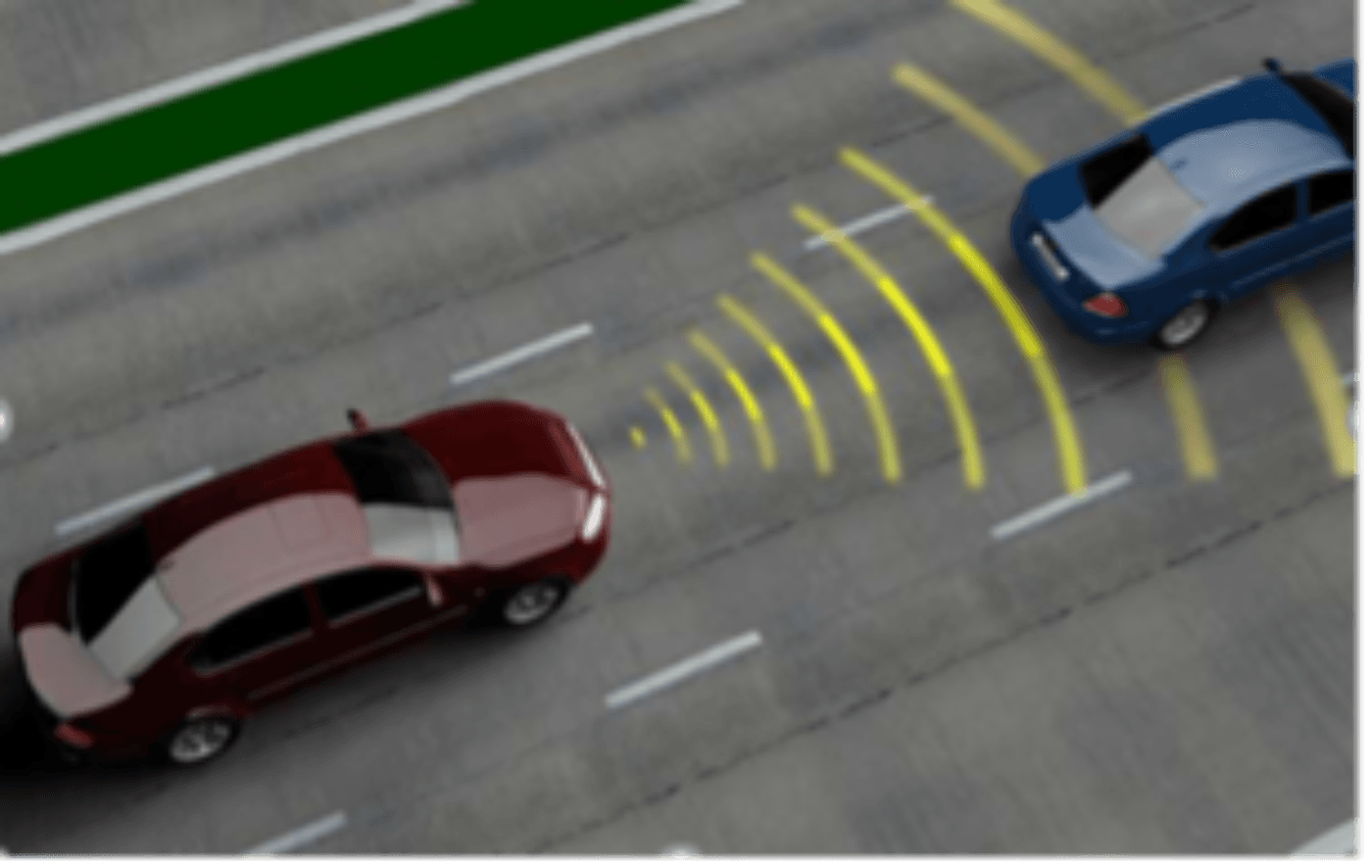- Topics
- Automotive industry
- Standardization and technical standards
- Vehicle dynamic standards

Norms and standards
New developments demand new, safe standards
Due to revolutionary developments among chassis systems and components new norms need to be defined.
Due to revolutionary developments among chassis systems and components new norms need to be defined.
- Topics
- Automotive industry
- Standardization and technical standards
- Vehicle dynamic standards
Chassis components, driving dynamics, and automated driving
Chassis systems and components are constantly being further developed and adapted to the technological state of the art. They make an important contribution to safe and environmentally friendly driving, and play a major role in accident prevention. Combined with modern driver assistance systems and the increasing automation of driving functions, of the demands placed on networking are continually increasing.
With respect to chassis components and systems, norms and standards describe comparative tests for evaluating their function, and define minimum requirements for suspension and damping systems, steering, and brakes. Safety aspects play an important part here. Mechanical and digital interfaces are specified to enable the exchange and connection of different chassis components.
Commissioned by DIN, the Standardization and Codes of Practice Department manages working groups to update existing standards and create new ones on the following topics:
Vehicle dynamics for passenger cars
Standards on various tests for assessing the handling of passenger cars and vehicle-trailer combinations when changing lanes, driving on roundabouts, braking in curves, and under various wind and weather conditions provide an essential basis for designers and developers in the design of chassis.

Driving dynamics for heavy commercial vehicles and buses
Similar to passenger cars, the handling of buses, heavy commercial vehicles, and commercial vehicle/trailer combinations is also assessed using appropriate specifications. In addition to standards for testing braking and steering systems, requirements for suspension and damping systems are also specified here.

Vehicle dynamics simulation
With the introduction of universal platforms used to produce and develop several different vehicles with sometimes very different bodies (sedan, station wagon, coupe, convertible), the functions of the chassis can no longer be comprehensively tested, or only with considerable effort. Simulation standards for determining basic data significantly contribute to streamlining this development.
These simulations are indispensable for the commercial vehicle sector, with its wide variety of bodies (dump trucks, refuse collection vehicles, refrigerated bodies) and combinations, which are often only produced in small quantities.
Driver assistance, active safety, and test scenarios for automated driving systems
Specifications here support the assessment of the effectiveness and function of driver assistance and active safety systems. Samples are described that facilitate the testing and evaluation of the functionality of brake assistants and lane-keeping systems.
Automated driving also requires comprehensive scenarios that reflect the widest range of environments and, thus, assess the reliability and performance of the systems and their components in real-life use. Here, too, standards specify the framework for creating such scenarios.

Steering, steering systems and steer-by-wire
The requirements for the safe operation of mechanical and, in the future, electronically controlled steering systems are specified in norms and standards. Furthermore, the standards describe the tests required for assessment.
Wheels for motor vehicles
In addition to describing the interfaces for mounting wheels on the chassis, norms and standards specify the dimensions and rigidity requirements. They not only permit the use of different rims as spare and replacement parts, but also relate to the mounting of tires on different rims.
Brake and friction pads, brake fluids, bay load specifications for brake settings
Brake systems are the core element for safe traffic, and their reliable function under all weather conditions is ensured by numerous norms and standards. These are constantly adapted to the evolving state of the art. Standards also support the development and specification of systems through simulations or bay load specifications, thus helping to streamline development. Friction linings and brake fluids are also subject to constant further development, which requires the corresponding test standards to be adapted.




